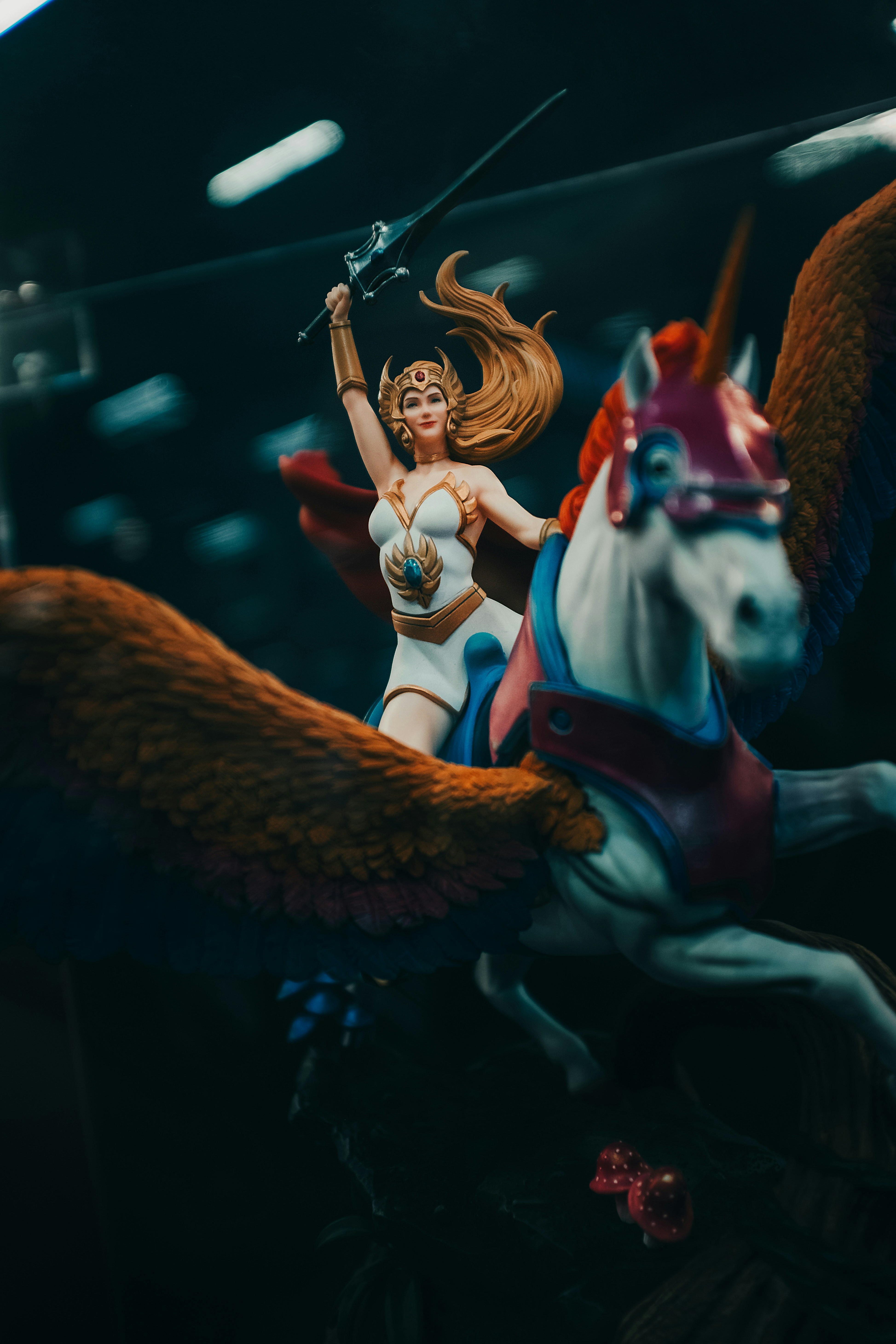Introduction to Storms and Valkyries
In the world of mythology, few figures loom as large as valkyries and the natural force of storms. These two powerful entities embody strength, chaos, and the close connection between the divine and the earthly realm. Understanding their attributes provides insight into their symbolic significance and cultural impacts.
What Storms Represent
Storms are often seen as manifestations of nature’s fury, capable of causing great destruction. In various cultures, they symbolize change, conflict, and the cleansing powers of the world. The swirling winds, crashing thunder, and pouring rain underscore the unpredictable aspects of life. In both ancient and modern storytelling, storms play a crucial role in signaling pivotal moments and transformations.
The Role of Valkyries
On the other hand, valkyries emerge from Norse mythology, often depicted as warrior maidens who choose the slain warriors worthy of Valhalla. They symbolize bravery, honor, and the inevitable fate of those who strive valiantly in battle. The presence of valkyries can be seen as a guiding force, leading heroes in the midst of turmoil, much like how storms can erupt suddenly yet also clear the path for new beginnings.
Conclusion: Clash of Forces
The comparison of storm vs valkyries highlights the duality of chaos and order. Both elements present unique narratives of power and redemption. While storms embody the unpredictability of nature, valkyries represent the structured fate awaiting heroes. Together, they create a captivating discourse between destruction and valor in mythological storytelling.
